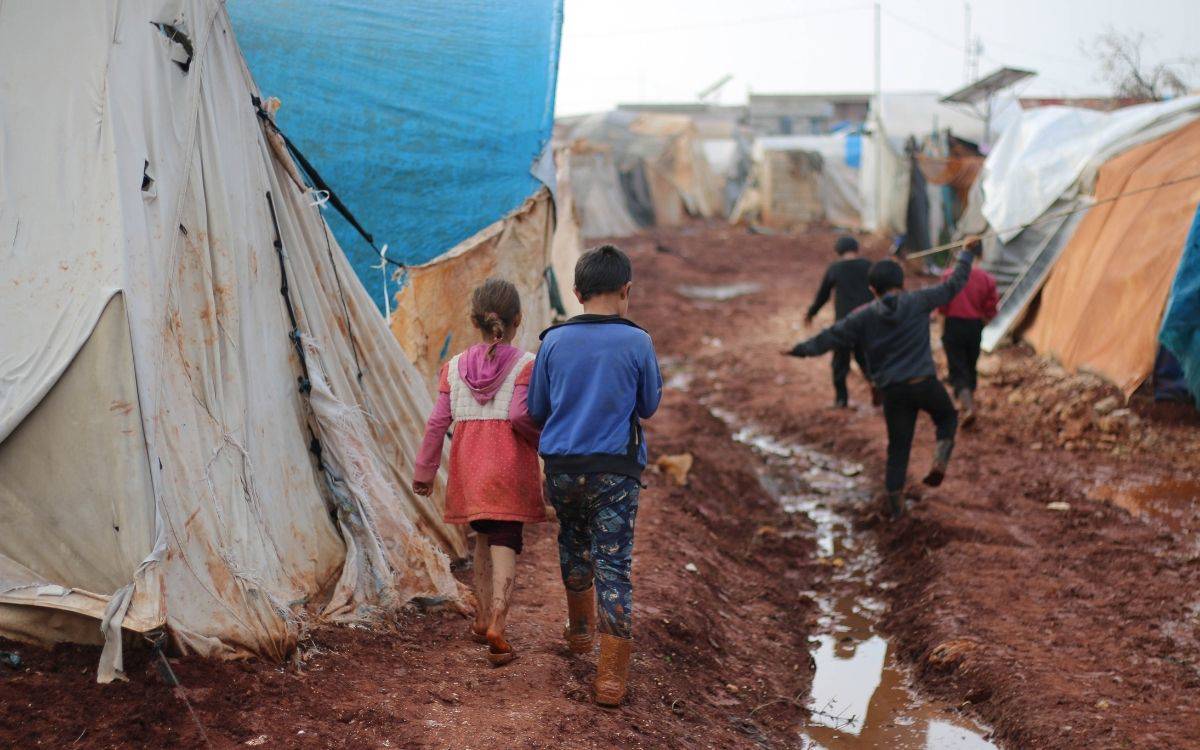Two studies conducted by the Economic Policy Research Foundation of Turkey (TEPAV) have shed light on the deepening crisis of child poverty in the country. Accordingly, 7.03 million children aged 0-17 in Turkey are living in poverty, with 2 million of them facing “absolute poverty.”
According to official data from the Turkish Statistical Institute (TurkStat), children under 18 account for 22.2 million of Turkey’s 85-million population, highlighting the significant scale of the issue.
The studies pointed to a sharp increase in poverty among infants (0-2 years) and children (3-14 years). In 2017, 36.8% of infants were classified as poor, but by 2022, this figure had risen to 41.4%. Similarly, the poverty rate for children grew from 40.8% in 2017 to 43.8% in 2022.

Stunting and obesity on the rise as poverty deepens in Turkey
Using income per capita to measure poverty levels, the research showed that younger age groups are disproportionately affected compared to the overall population. The poverty rate in 2022 was 41.4% for infants aged 0-2, 43.8% for children aged 3-14, 29.9% for youth aged 15-24, and 18.2% for adults aged 25 and older.
These figures reveal that infants and young children in Turkey are far more likely to live in poverty than adults, underscoring a deep inequality in resource distribution.
Another TEPAV study, led by researcher Hakan Yılmaz and based on the EUROSTAT methodology, calculated Turkey’s overall child poverty rate at 34.4% in 2023. While this rate hovered between 33% and 34% until 2020, it surpassed 34% in 2021, signaling a troubling upward trend.
The study identified 2 million children living in “absolute poverty,” a condition where even basic needs such as food, clothing, and shelter cannot be met. Researchers emphasized that such extreme deprivation has a profound impact on children’s physical and psychological development, raising long-term concerns about the future of these vulnerable populations. (VK)







